Army’s New Sentinel A4 Radar’s First Full Deployment Will Be Defending Nation’s Capital
Sentinel A4 offers a boost in detection range and other capabilities, especially for spotting and tracking cruise missiles and drones.
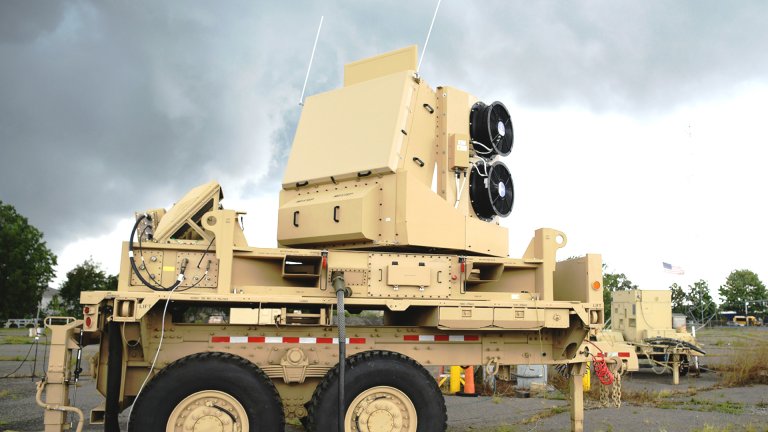
Sentinel A4 offers a boost in detection range and other capabilities, especially for spotting and tracking cruise missiles and drones.
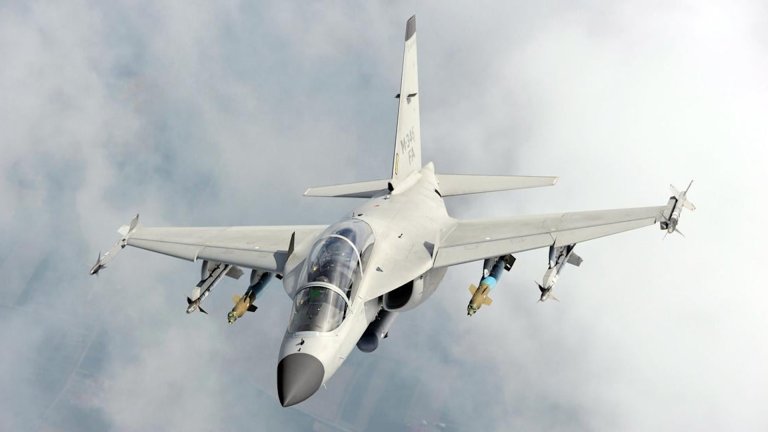
The M-346Fs will give Austria a new air combat boost, supplementing the country's long-troubled Eurofighter Typhoon fleet.
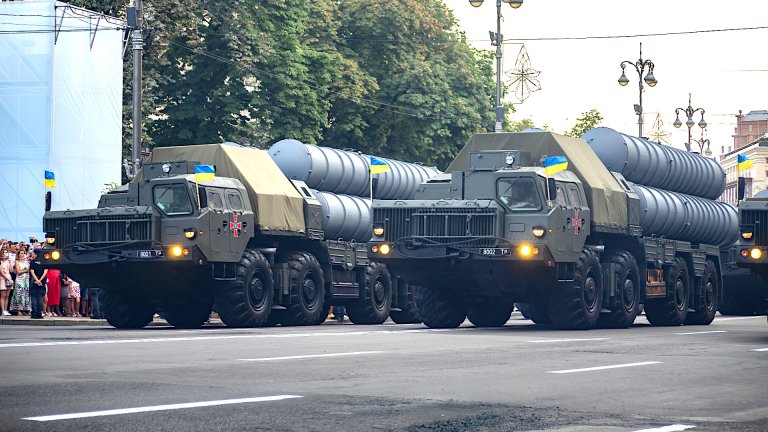
Norway says it will pay for the badly needed missiles for Ukraine's S-300s, but there are questions about where they will come from.

The future presidential airlift program has ballooned from two aircraft to five, four of which will be flyable.
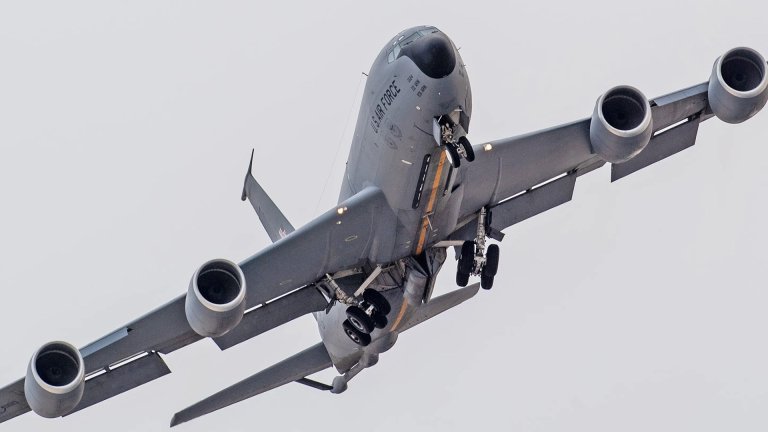
The Trump administration is also eyeing new oil tanker seizures to add more economic strain on Venezuela's Maduro.

Ukraine's submersible drone navigated into a protected harbor and detonated very close to the targeted submarine.

DHS is buying 737s for deportation flights, but the appearance of one with apparently a luxurious interior intended for senior leaders is unexpected.

The four-engine tactical airlifter likely has a similar mission to the C-130J and is undergoing flight tests.

Spares sourced from Oman are the latest fix to patch up the dwindling Indian Air Force fighter fleet.

The attack, if indeed it was executed by an unmanned underwater vehicle, would mark a new chapter in drone warfare.

New vertical launchers will also help change how Patriot can engage threats, including ones that slip by overhead.
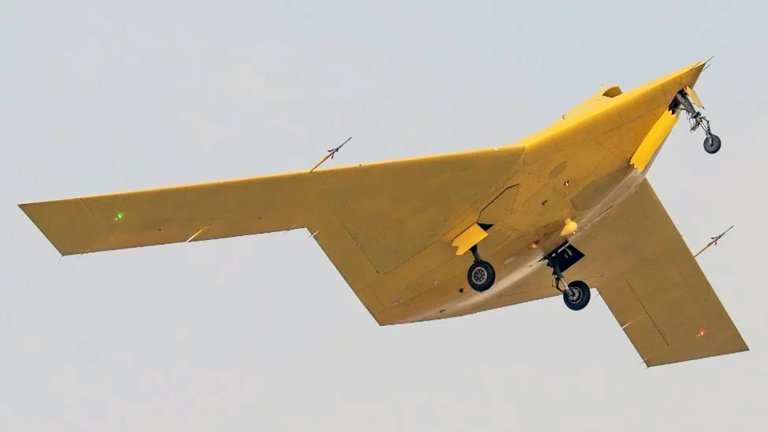
China is actively showcasing that its CH-7, expected to primarily undertake surveillance missions, is now in flight testing.
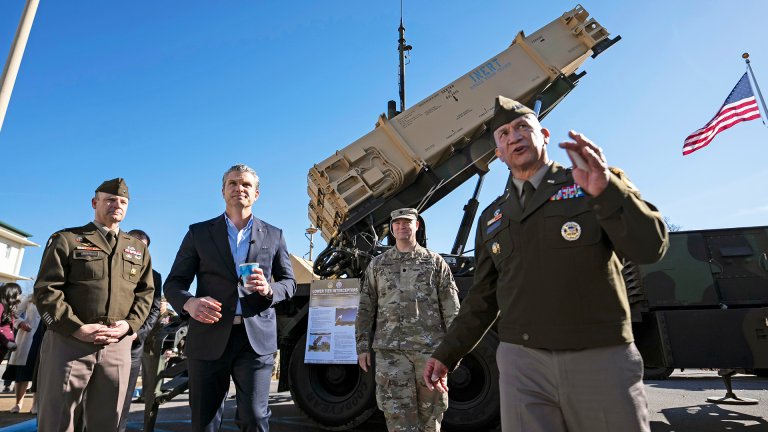
Hegseth's visit to Redstone Arsenal provided new disclosures on Dark Eagle's range and its small warhead.

Hundreds of U.S. troops and other personnel are still deployed to Syria in a counter-ISIS role.

The lights won't stop flickering...

The Russian attack on the CENK-T cargo ship follows four recent Ukrainian attacks on Russian oil tankers.
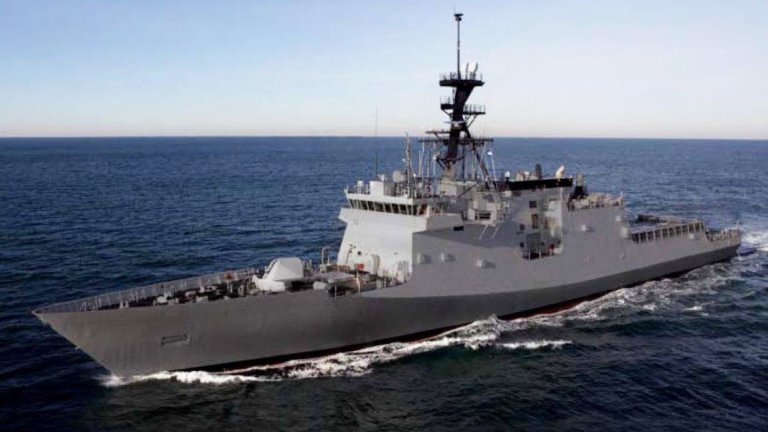
Canceling the Constellation class has left a glaring gap in the Navy's plans, but it now says it still wants to deliver a frigate by the end of the decade.
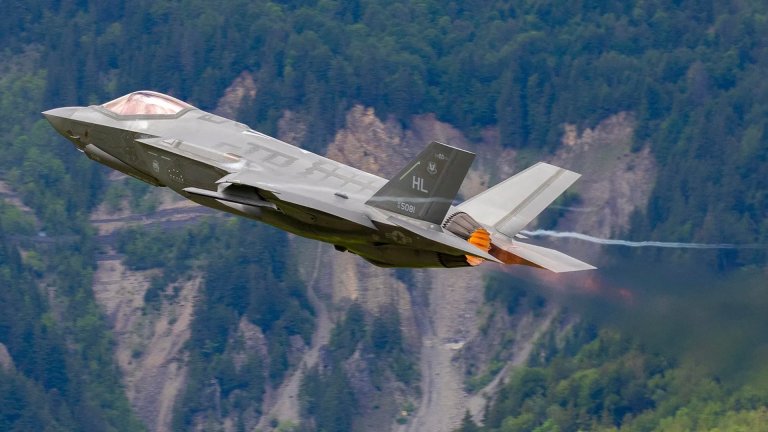
Switzerland’s repeated efforts to induct a new fighter have hit a hurdle, with the planned 36 F-35As judged to be no longer affordable.
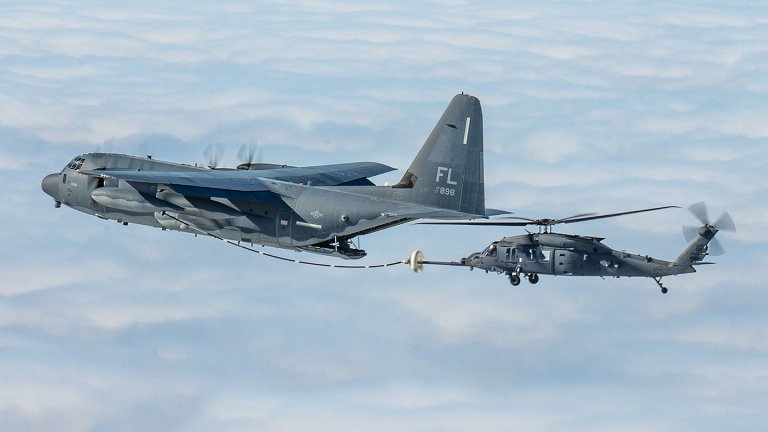
HH-60W rescue helicopters and HC-130J rescue planes, along with additional USAF tankers, have joined the growing U.S. military presence in the Caribbean.
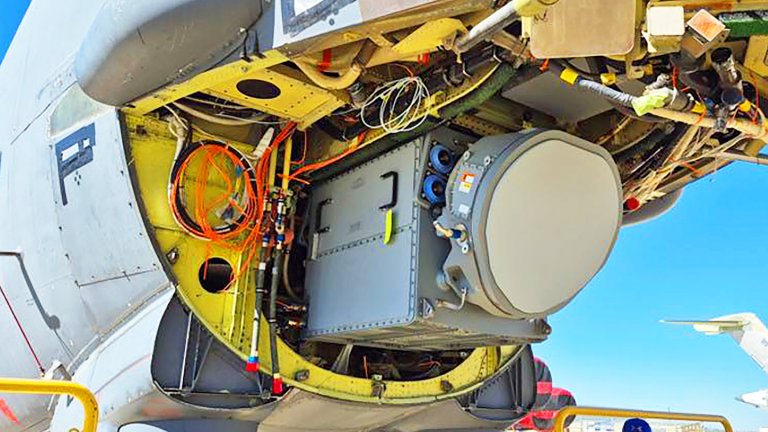
The B-52's new AN/APQ-188 active electronically scanned array radar is critical to the bomber's future relevance.